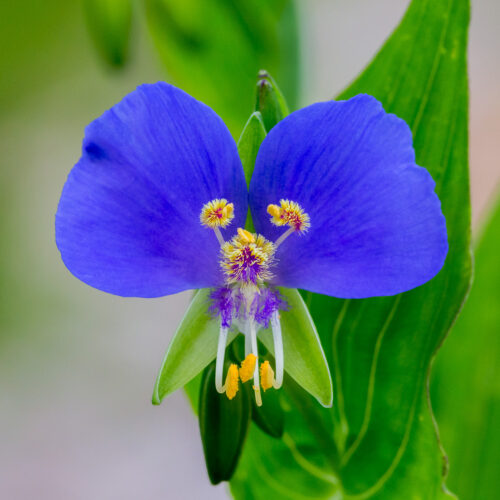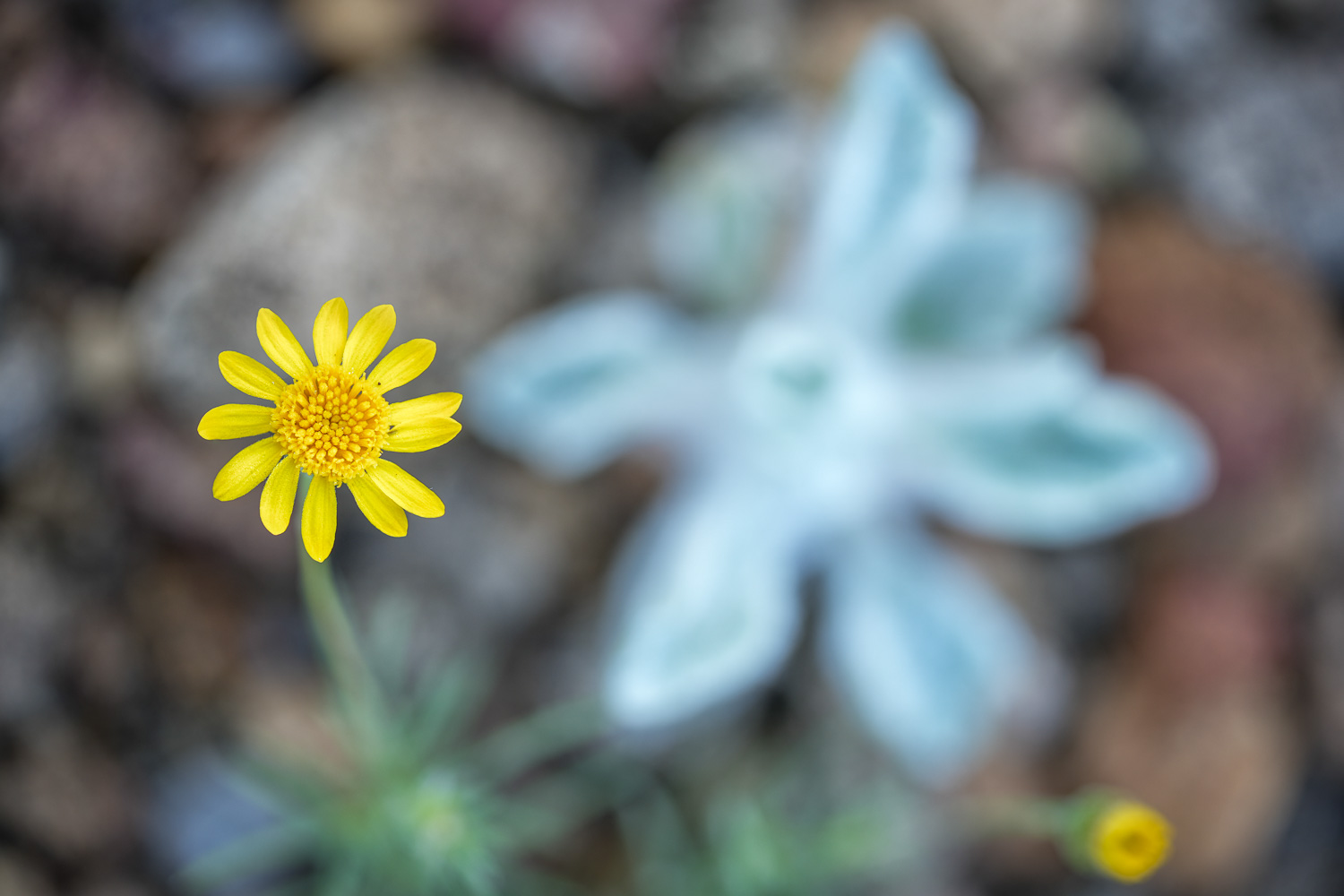False Dayflower (Tinantia anomala)
Description: Clearly related to the commelinas and spiderworts, Tinantia anomala is an erect annual native to central Texas in the United States and Durango in northern Mexico, with flowers made up of two large lavender-blue petals and one small white petal. Its semi-succulent, grass-like leaves emerge in late fall and remain green throughout the cold months. It grows rapidly in early spring and blooms mid-spring, attracting bumblebees. A few weeks later, its seeds draw squirrels and turkeys. This entire cycle is usually completed by summer when the plant has usually turned yellow and limp and the fastidious gardener may want to cut it back. Great for naturalizing in a woodland garden, where it can colonize to form a bright green winter groundcover.
Family: Commelinaceae
Synonym(s): Commelina anomala, Commelinantia anomala, Tradescantia anomala
USDA Symbol: TIAN
Duration: Annual
Habit: Herb
Size Class: 1-3 ft.
Bloom Color: White, Blue, Purple
Bloom Time: Mar, Apr, May
Water Use: Low
Light Requirements: Part Shade
Soil Moisture: Moist
Bloom Notes: Use Ornamental: A good spring annual for shade, with subtle, purply-blue flowers and grass-like foliage.
Use Wildlife: Flowers attract bees. Seeds are eaten by squirrels and turkeys.
ATTRIBUTION: All of the Texas Wildflower images in this post are copyrighted and are the exclusive property of Terry B. Kahler. Reproduction without explicit written consent is prohibited. Some of the information contained in this section was taken from the Lady Bird Johnson Wildflower Center website and is being used under their terms of use. Redistribution from this site is prohibited. Additional information contained in this section was taken from the USDA website including the USDA code.





